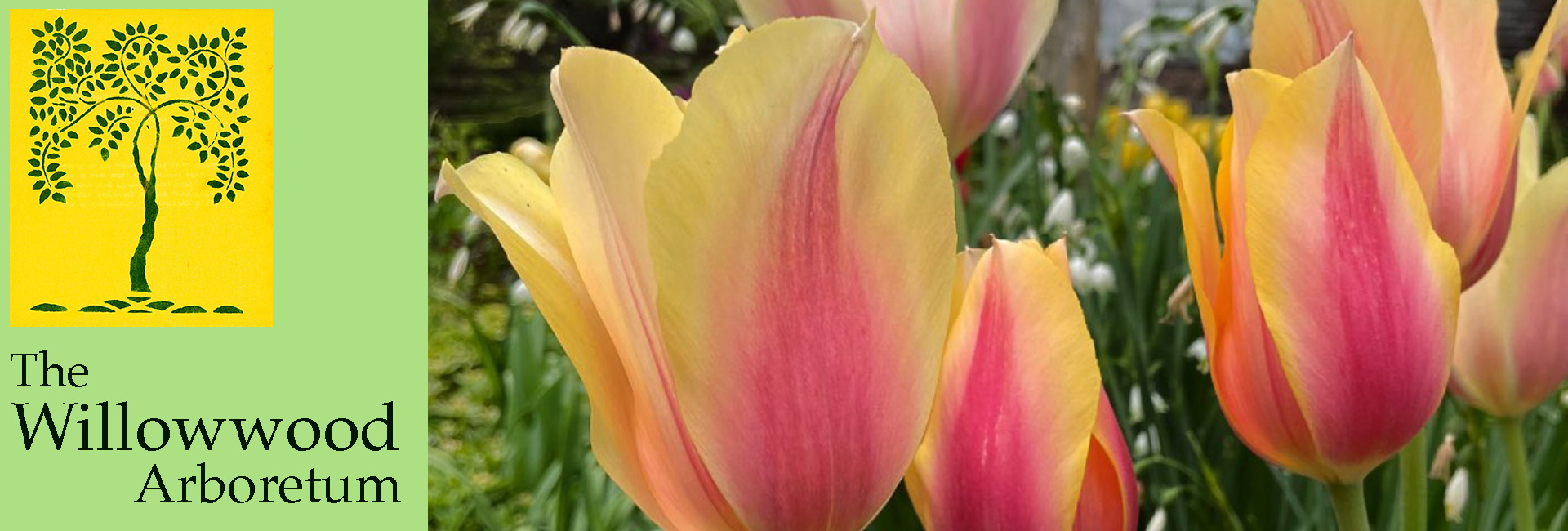Highlights from the Decorative Arts Collection
By Dr. Lesley Parness, Retired MCPC Superintendent for Horticulture Education
The botanizing of brothers Henry and Robert Tubbs was a year round passion. So, in 1930 they decided to add a greenhouse to their home. In doing so, they joined a long line of gardeners seeking to extend their horticultural pleasure throughout the year.
The word conservatory is derived from the Italian “conservato” (stored or preserved) and Latin “ory” – a place for – and was originally used to describe a non–glazed structure used for storing food. Later the word was used to describe glazed structures for conserving, or protecting, plants from cold weather.
The earliest known conservatories date from the 17th century. At that time they were stone structures used by the scientific community, nobility and the landed gentry to protect plants, especially those that they had collected on their European tours and wished to grow back in the colder climate of England. The first conservatory in Britain was constructed in the Oxford Botanic Garden, another was built soon after in the Chelsea Physic Garden.
With their unerring ability to discern the “best,” the Tubbs chose a Lord & Burnham conservatory. The Lord and Burnham Company was started in 1849 in Buffalo, N.Y. Their first commission to create a 12,000 square foot conservatory similar to that in Kew gardens, England led to many others and the firm went on to become the premier source for custom conservatories at botanic gardens and large American estates.
Although at 12’x25’ in size, the Tubbs conservatory is relatively small by comparison to other Lord & Burnham greenhouses, it held an impressive variety of plants, both tender and tropical. Its interior finishes as well reflect the artistic nature of the Tubbs brothers. Their friendship with Henry Chapman Mercer, owner of the Moravian Tileworks in Doylestown, PA came into play, as the small fountain and its tiling were provided by Chapman. The tiles have now acquired a lovely aged patina and the soothing sound of water in the fountain can still be heard. These decorative elements re-enforce an American Arts and Crafts feel at Willowwood that can also been seen in Henry’s stenciled fabric wall hangings on display in the entry hall.
How pleasant it must have been to open the glass doors on the side of the parlor and enter this warm and fragrant space. In keeping true to the Tubb’s aesthetic, many of the same kinds of plants grown by them almost 100 years ago, still thrive in the Conservatory. A potted lemon, blooms and bears fruit, as they have done since Roman times when preservation of citrus was done in limonaia, stone pergola with wooden walls. A cut leaf philodendron and numerous succulents from around the tastefully clutter its benches, harkening the Golden Age of Plant Exploration, which both Henry and Robert studied.
The greenhouse at Willowwood Arboretum in one of just a handful of extant Lord & Burnham conservatories. The others include:
- Buffalo and Erie County Botanical Gardens
- Enid Haupt Conservatory at New York Botanical Garden
- Krohn Conservatory in Cincinnati
- Phipps Conservatory & Botanical Gardens in Pittsburgh
- Steinhardt Conservatory at the Brooklyn Botanic Garden
- United States Botanic Garden in Washington, D.C.
- Volunteer Park Conservatory in Seattle, Washington
- Sonnenberg Gardens and Mansion State Historic Park in Canadaigua, NY
The Conservatory at Willowwood Arboretum may hold the title of the smallest Lord & Burham Conservatory at a public garden in America!













